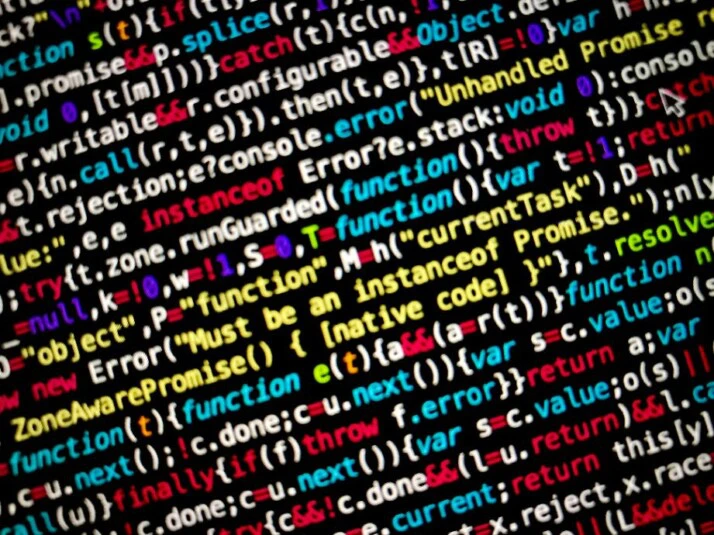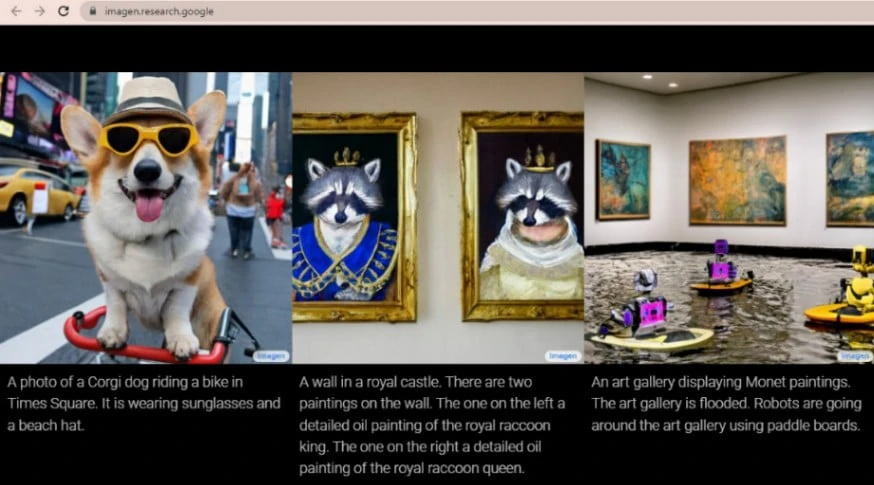At this rate, it feels like there’s nothing AI wouldn’t do. A text to image AI generator can now turn words into images. These tools are the biggest trend in the world of artificial intelligence today. There are only three things certain in life – death, taxes, and AI breaking the boundaries of human possibilities.

How Does a Text to Image AI Generator Work?
The question is really straightforward. A text to image AI generator follows a human prompt (text) to create an output (image). Artificial intelligence is the bridge that connects the human input (text) to the machine output (image).
The AI is trained with massive amounts of data. The data used for this includes a dataset that includes images that have captions. With time, the machine begins to recognize patterns and produce results. This process is known as machine learning.
The process is similar to how elementary school pupils learn. They start out as tabula rasa, devoid of any prior knowledge. With input (teacher’s instructions), they begin to understand patterns and gradually start showing signs of understanding the concept being taught. Therefore, a child’s natural intelligence is replicated in image generators through machine learning.
Implications of AI Text to Image Generator
The main implication of this program is the liberalization of image-making. Now you don’t have to be a skilled artist to create images. The only thing limiting your access is your language skill and the limitations of the machine.
In addition, these new machines don’t necessarily mean it is the end for traditional art makers. They stand to gain a lot from these programs. Adding them to their work process could help speed things up.
Examples of Text to Image AI Generators
There are already a few players in this nascent industry. However, not many come close to the duo of Google Imagen and OpenAI’s Dall-E.
Google Imagen
Google describes Imagen as “a text-to-image diffusion model with an unprecedented degree of photorealism and a deep level of language understanding.” Imagen draws on the power of large transformer languages to understand texts. It also depends on the strength of diffusion models in high-fidelity image generation.
People can’t use Imagen yet. According to Google, text-to-image research still faces a lot of ethical challenges. For example, the heavy reliance of researchers on large uncurated datasets means the datasets reflect stereotypes and oppressive viewpoints.
However, Google showcased some images generated with Imagen, and they are quite impressive. It’s hard to give an objective assessment since Google is only showing the best images. Nevertheless, people can expect this technology to get better with time.

DALL-E
OpenAI announced DALL-E in 2021 and has gone one better with DALL-E 2. DALL-E is a neural network based on the GPT3 model. It can create images from text captions expressible in natural language.
DALL-E 2 is an upgrade on DALL-E. It can make realistic edits to existing images from natural language prompts. It is capable of adding and removing elements while taking shadows and reflections into account. DALL-E 2 uses a “diffusion” process to create images. It starts with a pattern of dots that are changed gradually to an image.
Like Google Imagen, it isn’t available to the public yet. However, the array of images released shows that it is worth the excitement. The image below was created with this prompt: “An astronaut lounging in a tropical resort in space in a photorealistic style.”

Conclusion
The introduction of text to image AI generators means programmers have finally succeeded in turning the internet into a paintbrush. These tools can generate images with only a few lines of text.
This new development has the potential to change the face of art making, considering the relative ease it brings. While it is still too early to predict what the future holds for these AI tools, one can be hopeful of its positive impact. AI has made life easier in various aspects of human endeavor. A good example is the use of AI in writing and content creation. AI programs like INK have made writing easier without phasing out writers.
Explore All AI Generator Articles
OpenAI’s GPT-3: Better and Smarter Text Creation
Researchers have tried to create an AI model that generates coherent text for years. By coherent text, we mean writing…
How Professional Writers Use the Best AI Writing Tools
Smart writers understand that they need the best AI content generator. There is a high demand for quality content on…
The Huge Benefits of AI Text Generators
The first thought that comes to mind at the mention of an AI text generator varies. For many, it is just another…
Make Creative Music With Advanced AI
The advent of AI in recent years has seen huge strides in various industries. From beating human pros in poker games to…
Creative and Unique Lyrics With Artificial Intelligence
That awkward situation where creatives experience writer’s block can now be a thing of the past thanks to AI. With…
A Quick Introduction to Artificial Intelligence Image Generators
Artificial intelligence image generators have gotten to the stage where we can all be excited about the future. Needless to say…
